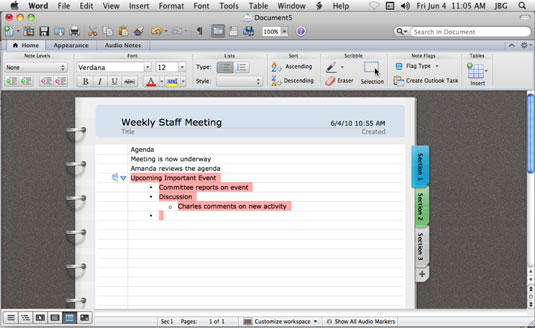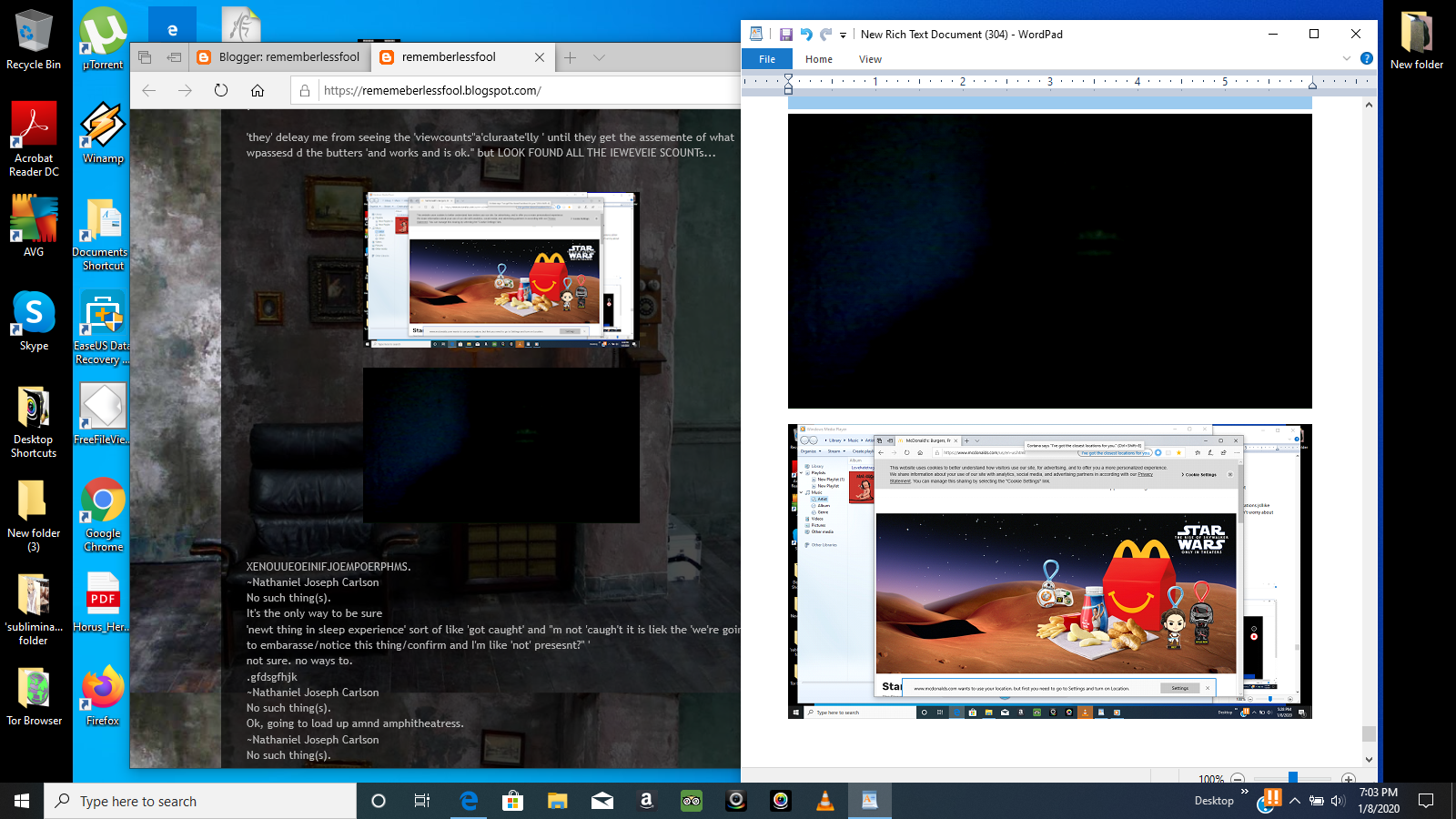

These files can also be shared among users. Save the file as a template (.dotx), then create a new file with that template. Once you’ve created a set of styles that you like, you can save it as part of a template. Open the Font menu from Format > Font or press Command+D with text selected.Ģ. You can apply this in the same Font Options menu you just visited.ġ. Headings often look nice set in all caps.

Click the drop down next to “Spacing” and choose “Expanded.”ĥ. Open the Font menu from the menu bar (Format > Font) or press Command+D with text selected.Ĥ. Give your text some breathing room, which is useful for headings.ġ. This will add a horizontal line all the way across the page, instead of just under the text, as an underline would. Click the “Borders” icon in the Paragraph ribbon menu and choose “Bottom Border” from the drop down.ģ. Select the text you want to add a line underneathĢ. You can also use the nearby “Line spacing” drop down for less precise adjustments.ġ. Adjust the point value in the “After” box, under the “Spacing” section. You can also press Command+Option+M with text selected.ģ. Open the Paragraph menu from the menu bar (Format > Paragraph). Select the heading you want to add space after.Ģ. Don’t use the Return key to make it! Insert whitespace using the Paragraph menu.ġ. Most of the time you want a little space between your headings and your body copy. All of these changes can be propagated across styles by modifying existing styles, as shown in the previous step.

You can also apply some advanced styling options to your Styles, making them more useful and functional.
WORD FOR MAC CHANGE ICON IN RIBBON UPDATE
It will also update the Style’s preview icon. This will change the style to match and automatically sync that change to every other instance of the Style in your document. Right-click on the style you applied in the Style ribbon and choose “Update to Match Selection.” Make the appropriate changes to the text with the direct styling tools.ģ. Apply the matching style you want to change.Ģ. You’ll use the same method for updating your own styles as you tweak them.ġ. It also allows you to take advantage of the built-in structural elements embedding in many styles. Making a new style from scratch is a pain: you’re better off modifying an existing style. While there are other styles available in the Design menu of the ribbon, users can make their own. Most users don’t want to be limited to the built-in styles. The selected text is now styled as previewed in the icon. Click on the appropriate style icon in the “Styles” pane.ģ. The mouse cursor will face backwards to let you know you’re in the right place.Ģ. Pro-tip: you can select a whole line of text by clicking off to the left of the line, in the document’s margins. Selecting the text you want to modify will always be the first step for any text-styling task. Use the headings as a starting point both for organizing your document and creating your own custom styles.ġ. We’ll be doing a lot of our work in the “Styles” pane which is found in the “Home” ribbon. Applying existing stylesīuilt-in styles can be applied by clicking on their icon in the Styles menu in the ribbon. It won’t make your images stay in one place (can anything? The search continues…) but your text will stay the way you put it, provided you use Styles as they are intended. Direct styling everything might feel simpler, but it’s slower, more complicated and causes an amazing percentage of “problems” that users have with Word. And yet, so many people are passionately dedicated to doing it incorrectly. Styling text in Microsoft Word is one of those things that it pays to do correctly.
WORD FOR MAC CHANGE ICON IN RIBBON SOFTWARE
And if you get to use software the way it was designed to be used, instead of fighting the software to impose your own personal workflow, you’ll have an even easier time. This goes double for work that you need to share with other people, or workflows that need to be compatible across a company. But for things you do frequently, finding the most efficient and effective method is worthwhile. Optimizing performance for a monthly task is generally a overall time loss. And for things that you only do once in a while, inefficiency is fine.


 0 kommentar(er)
0 kommentar(er)
